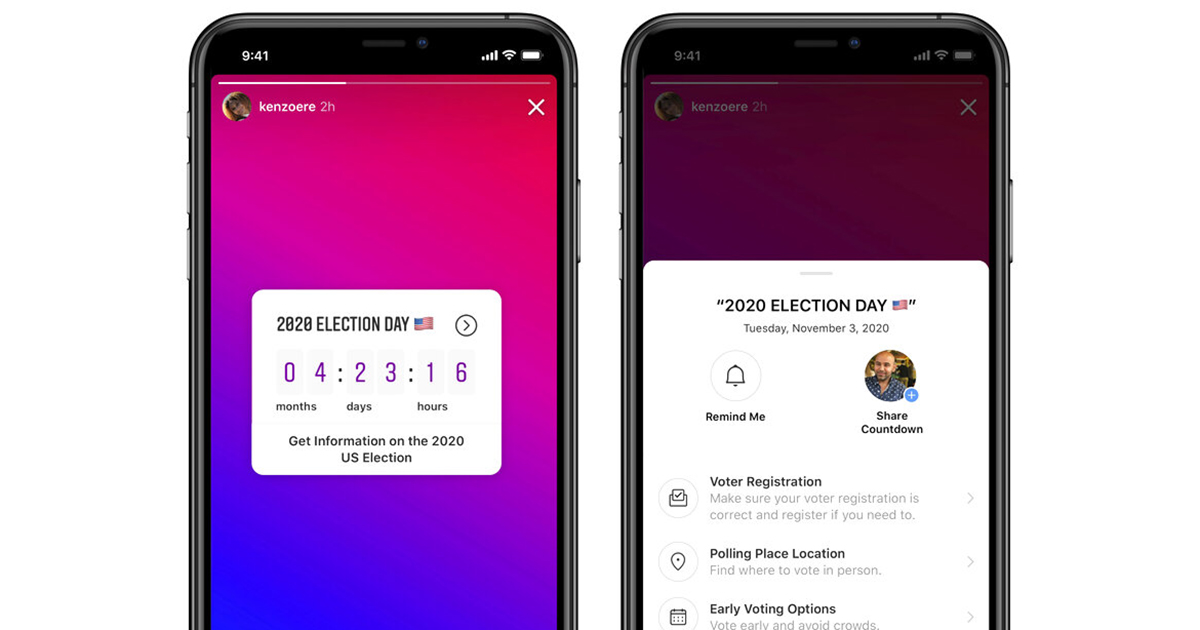RICHMOND, Va. (WRIC) – Eight-year-old Carmen is all smiles when she gets off the school bus and sees grandma waiting for her.
“You want to get your bubbles?” asks her grandmother, Norma Eggleston.
While Carmen giggles and plays with her bubbles in the front yard of grandma’s Norfolk home, Eggleston says she wasn’t always this bubbly.
“She was severely constipated,” Eggleston explained.
At just four months old, Carmen — like many babies — had issues with constipation, leaving a painful bubble in her tummy.
Eggleston tells 8News, switching formulas, using suppositories — nothing worked.
“It was about a year old that she actually started solid foods that her pediatrician had recommended that we start over the counter MiraLAX,” she says.
At first, she was prescribed half a capful a day. By age two, gastroenterologist upped the dose to a capful to 5 capfuls a day.
Carmen was on the MiraLAX and its generic version for 5 years. While it provided relief, Eggleston began to notice a change in her grand-daughter.
“If you would get too close to her, she would hit you, she would bite you, she would pinch. She would have these uncontrollable tics, um, like throat clearing,” she explains.
Then, about two years ago, after a hospital stay for some other tummy troubles, Carmen stopped using MiraLAX.
Carmen is developmentally disabled, but Eggleston says the change in her granddaughter was like night and day.
“Within about a month, I noticed 50 percent of those behaviors were almost gone.
All of her tics are gone, all of her aggression is gone. She is a happy child,” says Eggleston.
Eggleston’s story sounds familiar to Mike Koehler of Wisconsin. He says he noted similar neuro-psychiatric problems in his son Bradley.
“Tics, and trembling and just uncontrolled body movements,” says Koehler. He says it started after he was prescribed MiraLAX.
“Our son started MiraLax at the age of four back in 2009,” he explains.
Bradley was on it for almost five years and during that time Koehler says his little boy changed drastically, and even developed seizures.
“He went from being a very normal child to a very abnormal child, all of a sudden we are getting referrals to a psychiatrist,” he says.
In the fine print of the label, MiraLAX and the generic are not recommended for children under 17 and the label limits use to seven days.
“The pediatrician didn’t tell me, the gastroenterologist didn’t tell me, when it became a prescription and the insurance started to cover it, the pharmacists never told me,” says Eggleston.
“It is really troublesome the medical community can just prescribe this drug like water in our children,” Koehler added.
Koehler and Eggleston are part of a Facebook group called “Parents Against MiraLAX.” It has more than 25,000 members. These parents believe the drug’s active ingredient polyethylene glycol or PEG 3350 is triggering the neuro-psychiatric issues.
“It’s a toxic substance,” claims Koehler.
8News has uncovered the FDA has received more than 20,000 reports of adverse events believed to be linked to MiraLAX including more than 100 deaths.
The complaints have now prompted the FDA to fund a study at the Children’s Hospital Of Philadelphia.
The study was granted after the FDA’s own research found in MiraLAX “small amounts of ethylene glycol and diethylene glycol,” the very same ingredients found in anti-freeze.
“MiraLAX has been around for about 60 years and has been very extensively studied,” says Doctor Flora Szabo, a pediatric gastroenterologist at Children’s Hospital of Richmond.
She says PEG 3350 is not known to be absorbed by the body and is in a lot of products we use.
“In lotions, manufacturing tablets and pills, they use it to coat some of the tablets,” she explains.
She says doctors at Children’s Hospital of Richmond follow guidelines the North American Society for Pediatric Gastroenterology. It’s a group of nearly 2000 pediatric gastroenterologists that find MiraLAX to be a safe and effective for children.
“Currently we have no evidence that MiraLAX results in such side effects,” says Dr. Szabo.
“There is too much coincidence,” say Eggleston.
She and Koehler don’t buy it. Koehler saw big improvements in his son once they cut out the MiraLAX.
“Not only did his seizures come to an end but his mental health improved drastically,” he says.
“I need other parents to be aware,” says Eggleston about why she shares her story.
Bayer, the makers of MiraLAX, says:
The health of our consumers is the top priority of Bayer’s Consumer Health division.
MiraLAX® is an FDA-approved over-the-counter (OTC) osmotic laxative that treats occasional constipation. MiraLAX OTC labeled dosing applies to individuals 17 years and older for up to seven days. Consumers are directed to ask a doctor about use longer than seven days or in children 16 years of age or under.
The active ingredient in MiraLAX, PEG 3350 (polyethylene glycol 3350), has a well-established, favorable safety profile confirmed by published studies and systematic reviews as well as a long history of safe use when taken according to labeled instructions.
Additionally, key published scientific reviews and other relevant publications of PEG-based laxatives* consistently conclude that they are safe and effective in children with a history of constipation.
Evidence-based clinical guidelines also recommend PEG-based laxatives for children.
As part of Bayer’s ongoing commitment to consumer well-being, we regularly track and analyze all adverse event data reported for our products and submit the information to the U.S. Food & Drug Administration (FDA). Results of this ongoing monitoring support the continued safe use of MiraLAX.
*PEG 3350 and PEG 4000.”
The FDA tells 8News:
The FDA takes the health and welfare of pediatric populations seriously. It is important to note that over-the-counter products containing PEG 3350 are not labeled for use in pediatric patients (other than to direct parents to consult a doctor) or for extended periods of time. However, the agency has undertaken comprehensive reviews of adverse event reports and medical literature. These reviews have indicated that the approved labeling for PEG 3350 products accurately conveys their risks, and additional warnings regarding neuropsychiatric issues in children are not warranted at this time. However, we understand that many parents and physicians rely on these products to treat serious constipation. The FDA is funding research at Children’s Hospital of Philadelphia (CHOP) to better determine the benefits and risks associated with the use of these products in children. The study is ongoing. We look forward to results of the CHOP study, to further determine the benefits and risks associated with the use of these products in children. Find the grant notice for the study here.”
As for that study, The Children’s Hospital of Philadelphia says:
“Our study seeks to determine if PEG 3350 is absorbed into the blood, and if so, whether it could lead to the reported adverse effects.
Researchers in CHOP’s Division of Gastroenterology who are conducting the study have not begun enrolling children, but once enrollment begins, an announcement will be made.”









